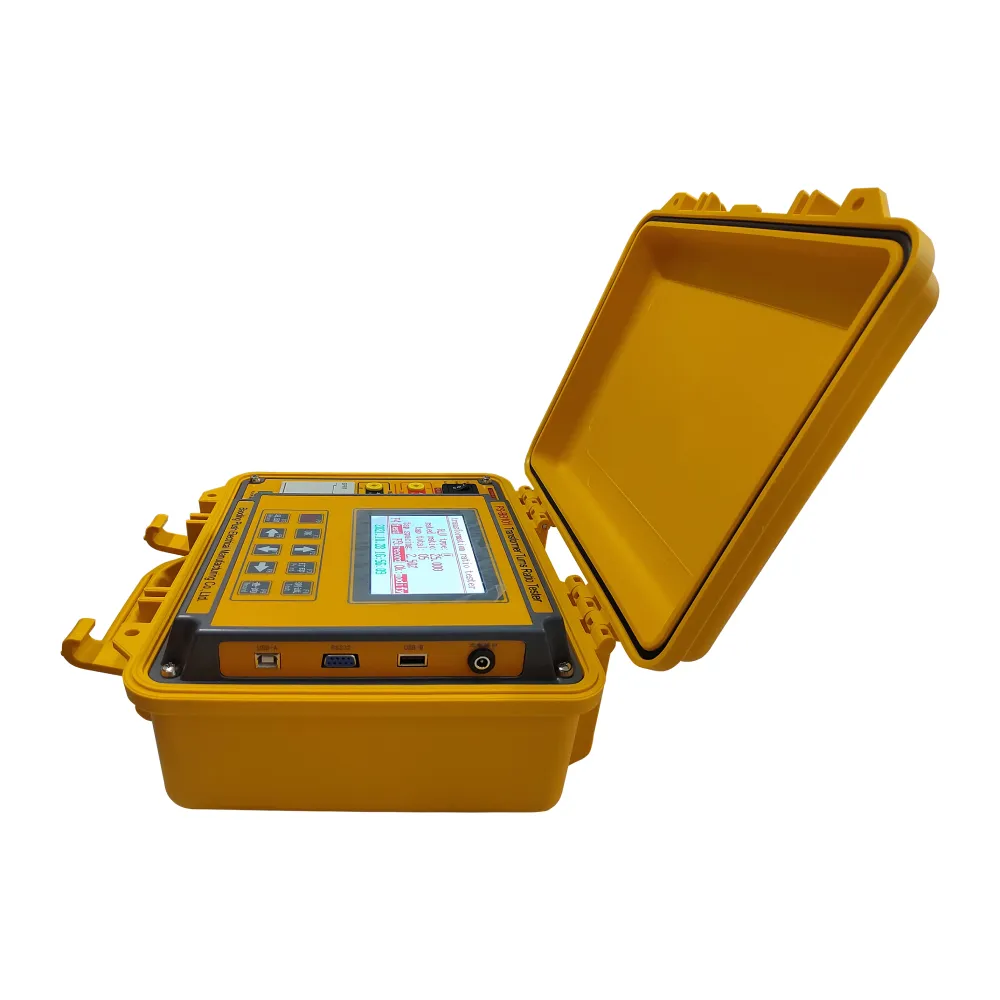 English
English



-
 Afrikaans
Afrikaans -
 Albanian
Albanian -
 Amharic
Amharic -
 Arabic
Arabic -
 Armenian
Armenian -
 Azerbaijani
Azerbaijani -
 Basque
Basque -
 Belarusian
Belarusian -
 Bengali
Bengali -
 Bosnian
Bosnian -
 Bulgarian
Bulgarian -
 Catalan
Catalan -
 Cebuano
Cebuano -
 China
China -
 China (Taiwan)
China (Taiwan) -
 Corsican
Corsican -
 Croatian
Croatian -
 Czech
Czech -
 Danish
Danish -
 Dutch
Dutch -
 English
English -
 Esperanto
Esperanto -
 Estonian
Estonian -
 Finnish
Finnish -
 French
French -
 Frisian
Frisian -
 Galician
Galician -
 Georgian
Georgian -
 German
German -
 Greek
Greek -
 Gujarati
Gujarati -
 Haitian Creole
Haitian Creole -
 hausa
hausa -
 hawaiian
hawaiian -
 Hebrew
Hebrew -
 Hindi
Hindi -
 Miao
Miao -
 Hungarian
Hungarian -
 Icelandic
Icelandic -
 igbo
igbo -
 Indonesian
Indonesian -
 irish
irish -
 Italian
Italian -
 Japanese
Japanese -
 Javanese
Javanese -
 Kannada
Kannada -
 kazakh
kazakh -
 Khmer
Khmer -
 Rwandese
Rwandese -
 Korean
Korean -
 Kurdish
Kurdish -
 Kyrgyz
Kyrgyz -
 Lao
Lao -
 Latin
Latin -
 Latvian
Latvian -
 Lithuanian
Lithuanian -
 Luxembourgish
Luxembourgish -
 Macedonian
Macedonian -
 Malgashi
Malgashi -
 Malay
Malay -
 Malayalam
Malayalam -
 Maltese
Maltese -
 Maori
Maori -
 Marathi
Marathi -
 Mongolian
Mongolian -
 Myanmar
Myanmar -
 Nepali
Nepali -
 Norwegian
Norwegian -
 Norwegian
Norwegian -
 Occitan
Occitan -
 Pashto
Pashto -
 Persian
Persian -
 Polish
Polish -
 Portuguese
Portuguese -
 Punjabi
Punjabi -
 Romanian
Romanian -
 Russian
Russian -
 Samoan
Samoan -
 Scottish Gaelic
Scottish Gaelic -
 Serbian
Serbian -
 Sesotho
Sesotho -
 Shona
Shona -
 Sindhi
Sindhi -
 Sinhala
Sinhala -
 Slovak
Slovak -
 Slovenian
Slovenian -
 Somali
Somali -
 Spanish
Spanish -
 Sundanese
Sundanese -
 Swahili
Swahili -
 Swedish
Swedish -
 Tagalog
Tagalog -
 Tajik
Tajik -
 Tamil
Tamil -
 Tatar
Tatar -
 Telugu
Telugu -
 Thai
Thai -
 Turkish
Turkish -
 Turkmen
Turkmen -
 Ukrainian
Ukrainian -
 Urdu
Urdu -
 Uighur
Uighur -
 Uzbek
Uzbek -
 Vietnamese
Vietnamese -
 Welsh
Welsh -
 Bantu
Bantu -
 Yiddish
Yiddish -
 Yoruba
Yoruba -
 Zulu
Zulu
potentiometric method of analysis
The potentiometric method of analysis is a widely used technique in analytical chemistry that involves the measurement of the voltage of an electrochemical cell to determine the concentration of ions in solution. This method is particularly valued for its high sensitivity, accuracy, and the ability to measure concentrations in various matrices. It is predominantly utilized in titrations, ion-selective electrode measurements, and potentiometric titrations, providing crucial insights into the chemical composition of substances.
At the heart of the potentiometric method is the electrochemical cell, which consists of two electrodes immersed in a solution. These electrodes typically include a reference electrode and an indicator electrode. The reference electrode maintains a constant potential, allowing for a stable baseline measurement. Common reference electrodes include the silver/silver chloride electrode and the saturated calomel electrode. The indicator electrode, on the other hand, responds to the activity of specific ions in the solution and changes its potential accordingly.
The potentiometric method of analysis is a widely used technique in analytical chemistry that involves the measurement of the voltage of an electrochemical cell to determine the concentration of ions in solution. This method is particularly valued for its high sensitivity, accuracy, and the ability to measure concentrations in various matrices. It is predominantly utilized in titrations, ion-selective electrode measurements, and potentiometric titrations, providing crucial insights into the chemical composition of substances.
Another important application is the use of ion-selective electrodes (ISEs). ISEs are designed to selectively respond to certain ions, providing a more direct measurement of ion concentration in complex mixtures. For instance, there are ISEs specifically designed for common ions such as sodium, potassium, fluoride, and calcium. This specificity allows for the determination of ion concentrations in various samples, ranging from environmental water samples to biological fluids.
potentiometric method of analysis

Moreover, the potentiometric method offers several advantages over other analytical techniques. Its simplicity in operation and the minimal sample preparation required are significant benefits. Unlike titrimetric methods, potentiometric measurements can be conducted without the need for visual indicators, reducing the risk of subjective interpretation. Moreover, this technique is capable of measuring concentrations in real-time, which is particularly useful in dynamic processes such as fermentation or chemical reactions.
Despite these advantages, there are considerations and limitations associated with potentiometric analysis. The presence of interfering ions can affect the readings, making it essential to choose electrodes that are selective for the target ions. Additionally, potential drift caused by temperature variations or unstable reference electrodes can lead to inaccuracies, necessitating regular calibration of the instruments used.
In conclusion, the potentiometric method of analysis serves as an essential tool in various fields, including environmental monitoring, pharmaceuticals, and food safety. It provides chemists and analysts with the capability to accurately measure ion concentrations, contributing to better understanding and control of chemical processes. As technology progresses, improvements in electrode design and automation are likely to enhance the capabilities and applications of this versatile analytical method, making it even more indispensable in the ongoing quest for precision in chemical analysis.
-
Testing Equipment Industry Sees Major Advancements in 2025: Smart & Precision Technologies Lead the WayNewsJun.06,2025
-
Applications of Direct Current Generators in Renewable Energy SystemsNewsJun.05,2025
-
Hipot Tester Calibration and Accuracy GuidelinesNewsJun.05,2025
-
Digital Circuit Breaker Analyzer Features and BenefitsNewsJun.05,2025
-
Benefits of Real-Time Power Quality Monitoring Devices for Industrial EfficiencyNewsJun.05,2025
-
Earth Fault Loop Testing in High-Rise Building Electrical SystemsNewsJun.05,2025



